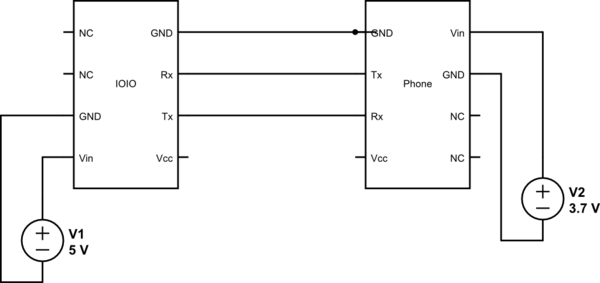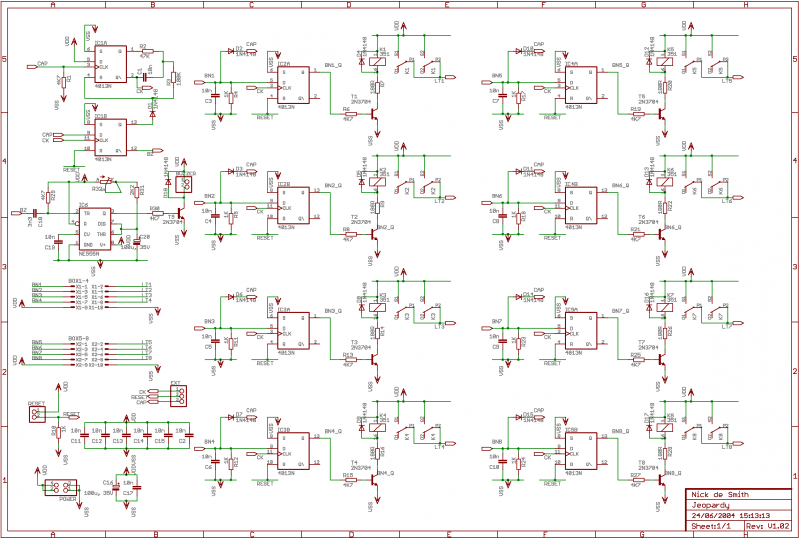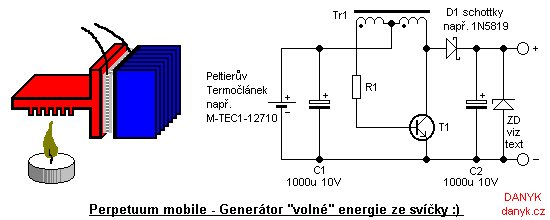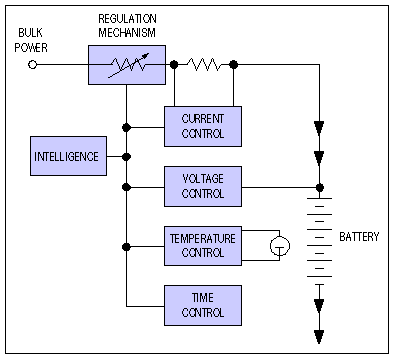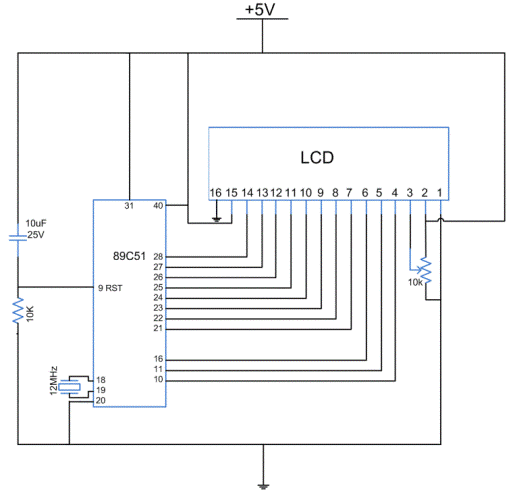
Heart rate monitor using 8051 microcontroller .measures the heart rate from finger tip
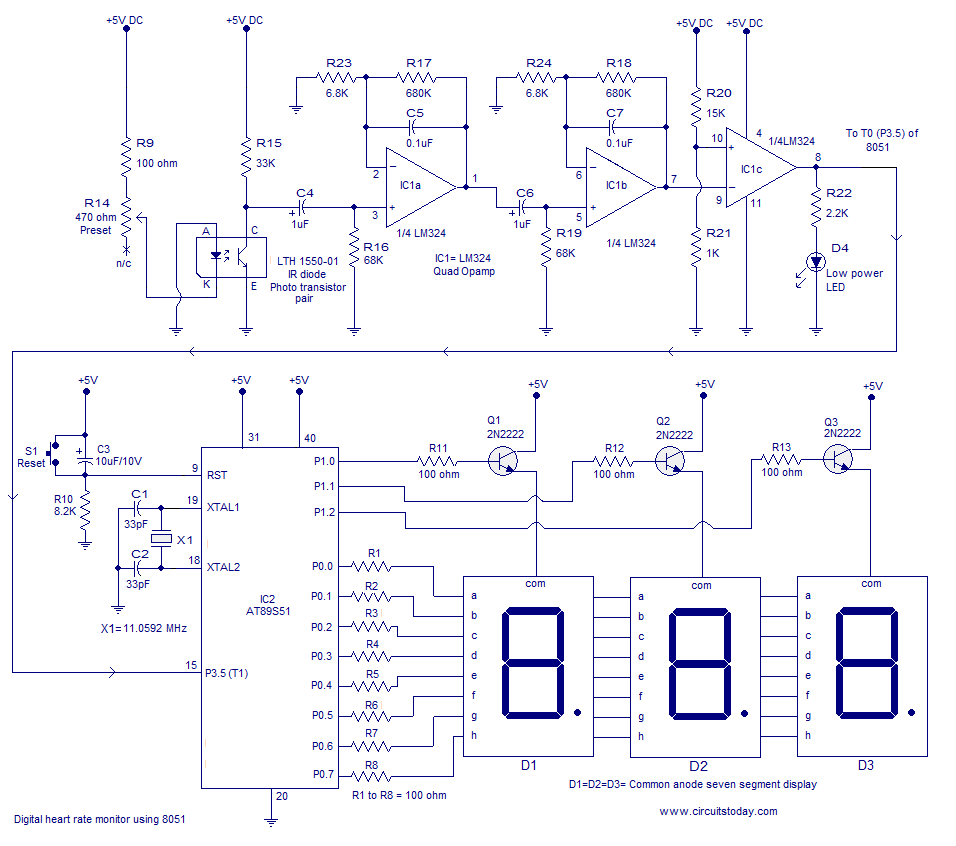
Heart rate monitor using an 8051 microcontroller. It measures the heart rate from the fingertip using an IR diode and phototransistor pair (Photoplethysmography). The AT89S51 microcontroller is utilized in this application.
The heart rate monitor circuit operates based on the principle of photoplethysmography (PPG), which detects changes in blood volume in the microvascular bed of tissue. The circuit employs an infrared (IR) LED that emits light into the fingertip. When the light reaches the blood vessels, some of it is absorbed, while the rest is reflected back. A phototransistor is positioned to detect the reflected light, converting the optical signals into electrical signals.
The AT89S51 microcontroller serves as the central processing unit, receiving the analog signals from the phototransistor. The microcontroller is equipped with an Analog-to-Digital Converter (ADC) or can utilize an external ADC to convert these analog signals into digital form for processing. The software programmed into the AT89S51 analyzes the digital signals to determine the heart rate by calculating the time intervals between the peaks of the detected signals, which correspond to heartbeats.
The circuit typically includes additional components such as resistors to limit current to the IR LED, capacitors for filtering noise, and possibly an operational amplifier to amplify the weak signals from the phototransistor. The output can be displayed on an LCD or sent to a computer for further analysis. Powering the circuit can be achieved through a battery or an external power supply, depending on the design requirements.
This heart rate monitor design is suitable for portable applications due to the low power consumption of the 8051 microcontroller and the simplicity of the PPG method, making it an effective solution for health monitoring devices.Heart rate monitor using 8051 microcontroller. Measures the heart rate from the finger tip using IR diode photo transistor pair (Photoplethysmography). AT89S51 is the microcontroller used here.. 🔗 External reference
The heart rate monitor circuit operates based on the principle of photoplethysmography (PPG), which detects changes in blood volume in the microvascular bed of tissue. The circuit employs an infrared (IR) LED that emits light into the fingertip. When the light reaches the blood vessels, some of it is absorbed, while the rest is reflected back. A phototransistor is positioned to detect the reflected light, converting the optical signals into electrical signals.
The AT89S51 microcontroller serves as the central processing unit, receiving the analog signals from the phototransistor. The microcontroller is equipped with an Analog-to-Digital Converter (ADC) or can utilize an external ADC to convert these analog signals into digital form for processing. The software programmed into the AT89S51 analyzes the digital signals to determine the heart rate by calculating the time intervals between the peaks of the detected signals, which correspond to heartbeats.
The circuit typically includes additional components such as resistors to limit current to the IR LED, capacitors for filtering noise, and possibly an operational amplifier to amplify the weak signals from the phototransistor. The output can be displayed on an LCD or sent to a computer for further analysis. Powering the circuit can be achieved through a battery or an external power supply, depending on the design requirements.
This heart rate monitor design is suitable for portable applications due to the low power consumption of the 8051 microcontroller and the simplicity of the PPG method, making it an effective solution for health monitoring devices.Heart rate monitor using 8051 microcontroller. Measures the heart rate from the finger tip using IR diode photo transistor pair (Photoplethysmography). AT89S51 is the microcontroller used here.. 🔗 External reference
Warning: include(partials/cookie-banner.php): Failed to open stream: Permission denied in /var/www/html/nextgr/view-circuit.php on line 713
Warning: include(): Failed opening 'partials/cookie-banner.php' for inclusion (include_path='.:/usr/share/php') in /var/www/html/nextgr/view-circuit.php on line 713
